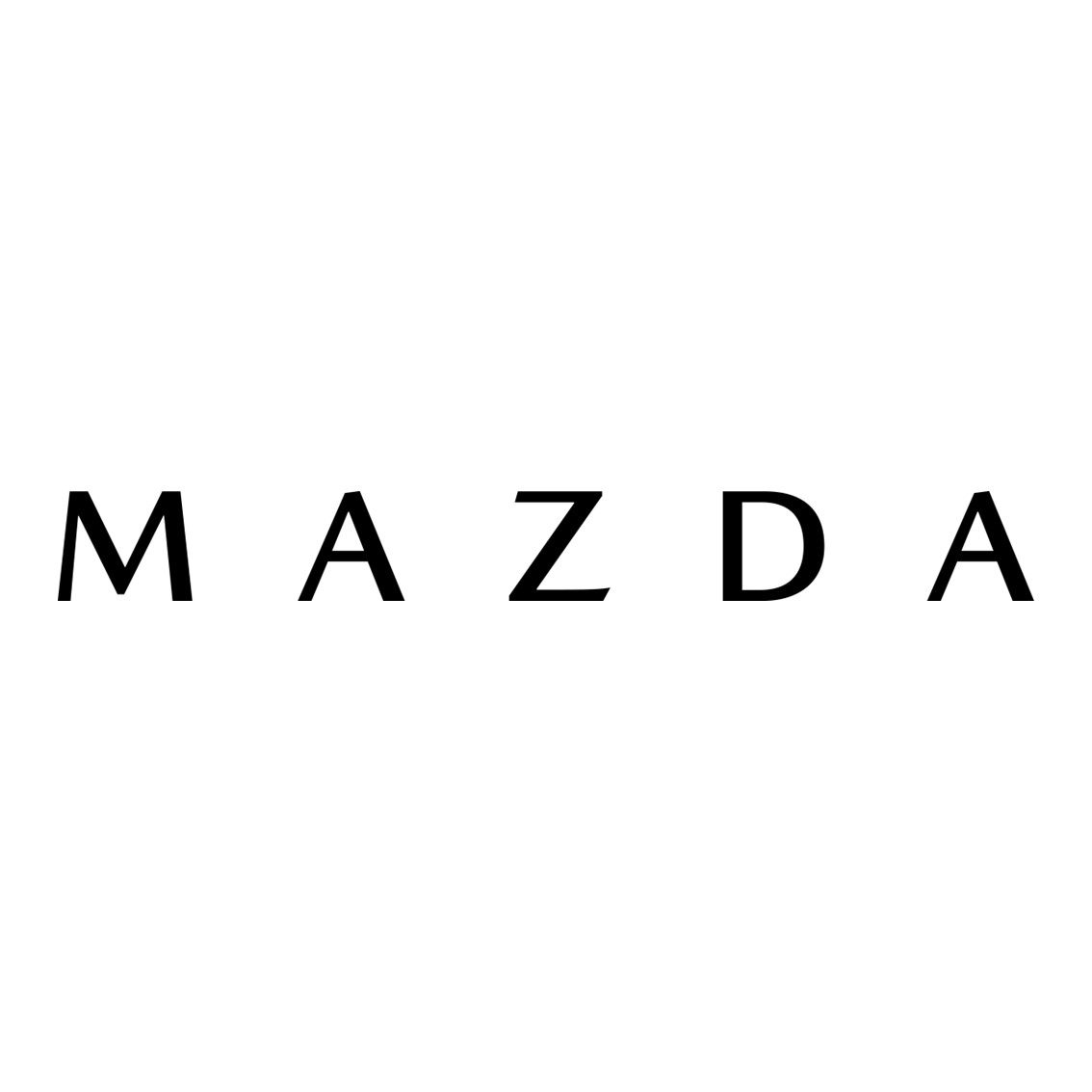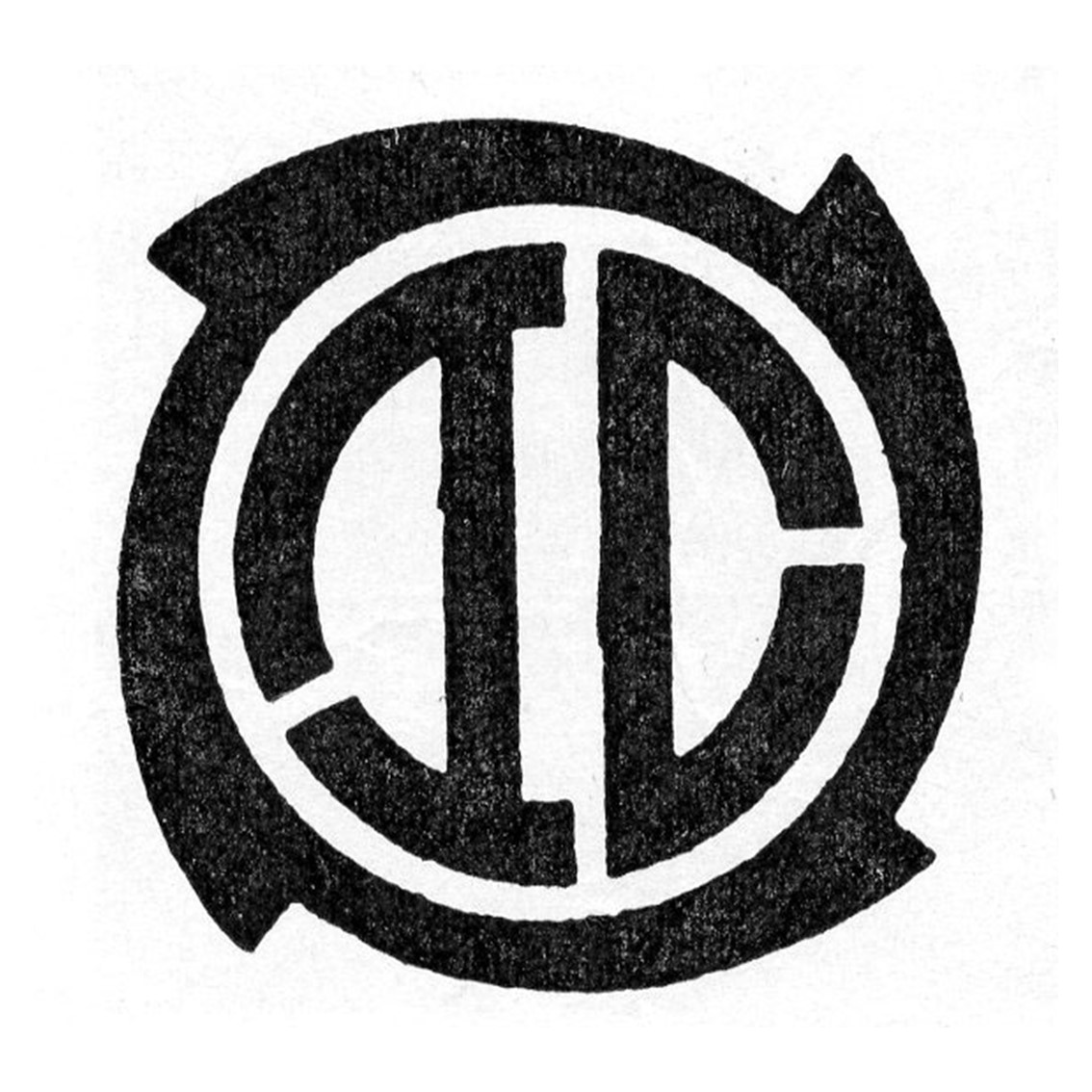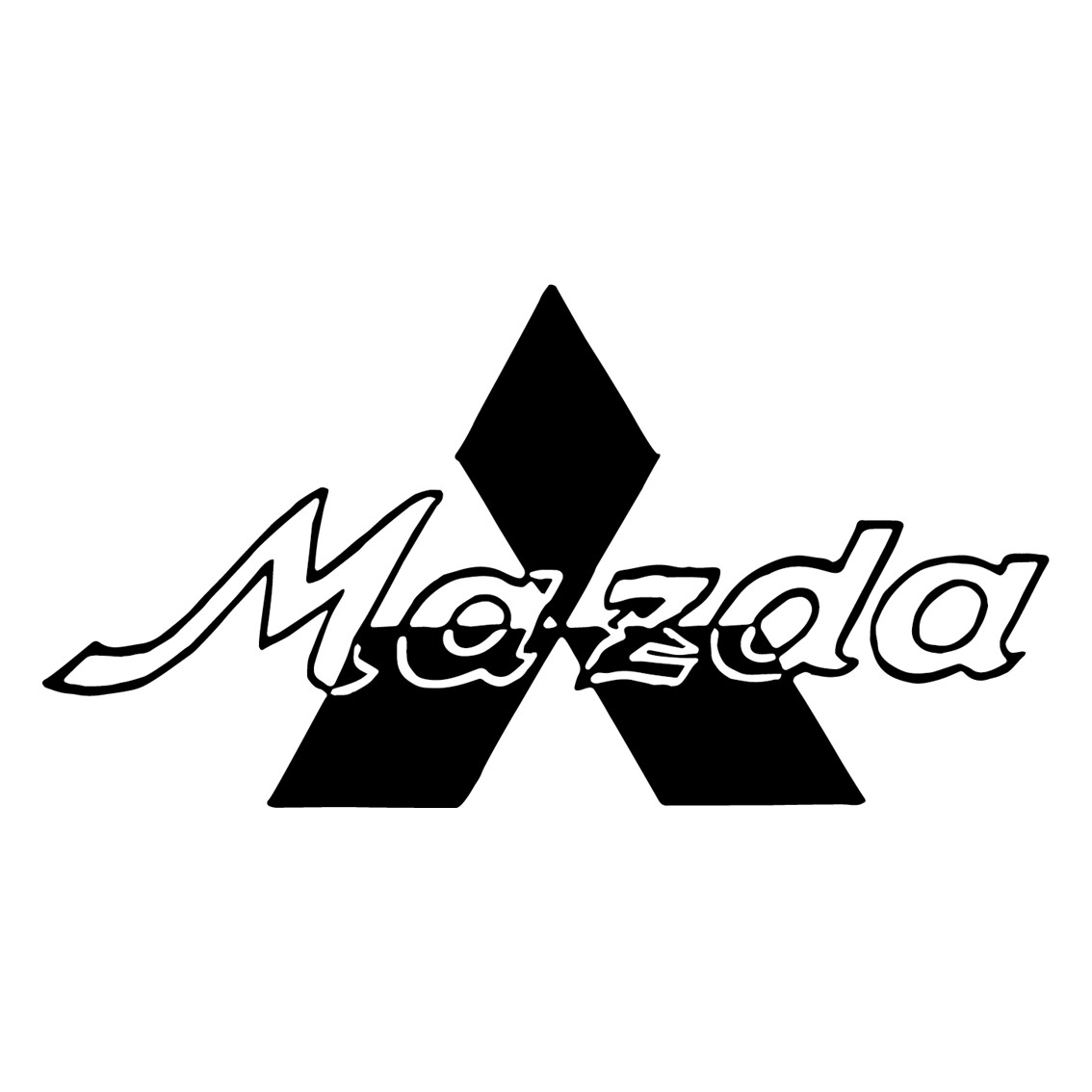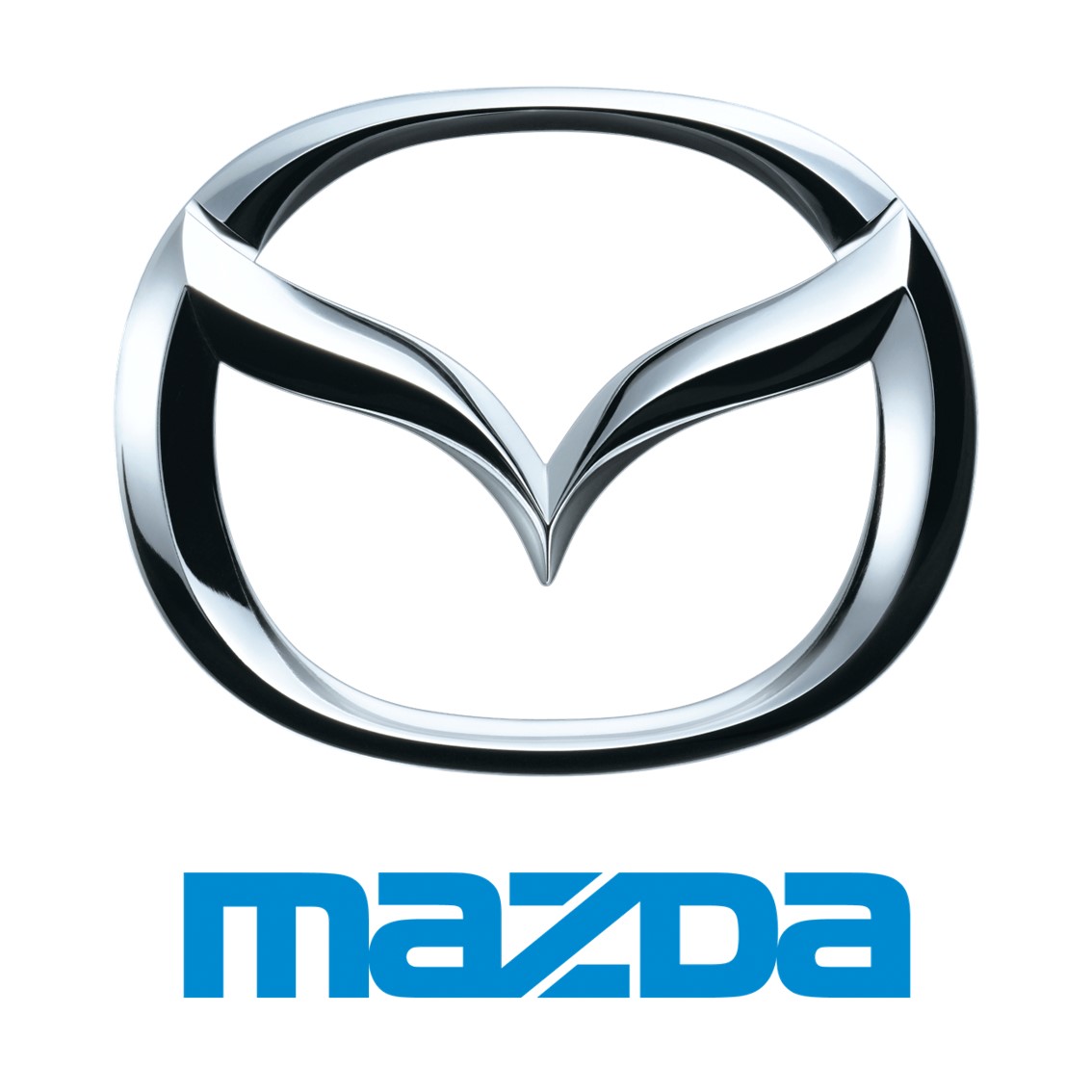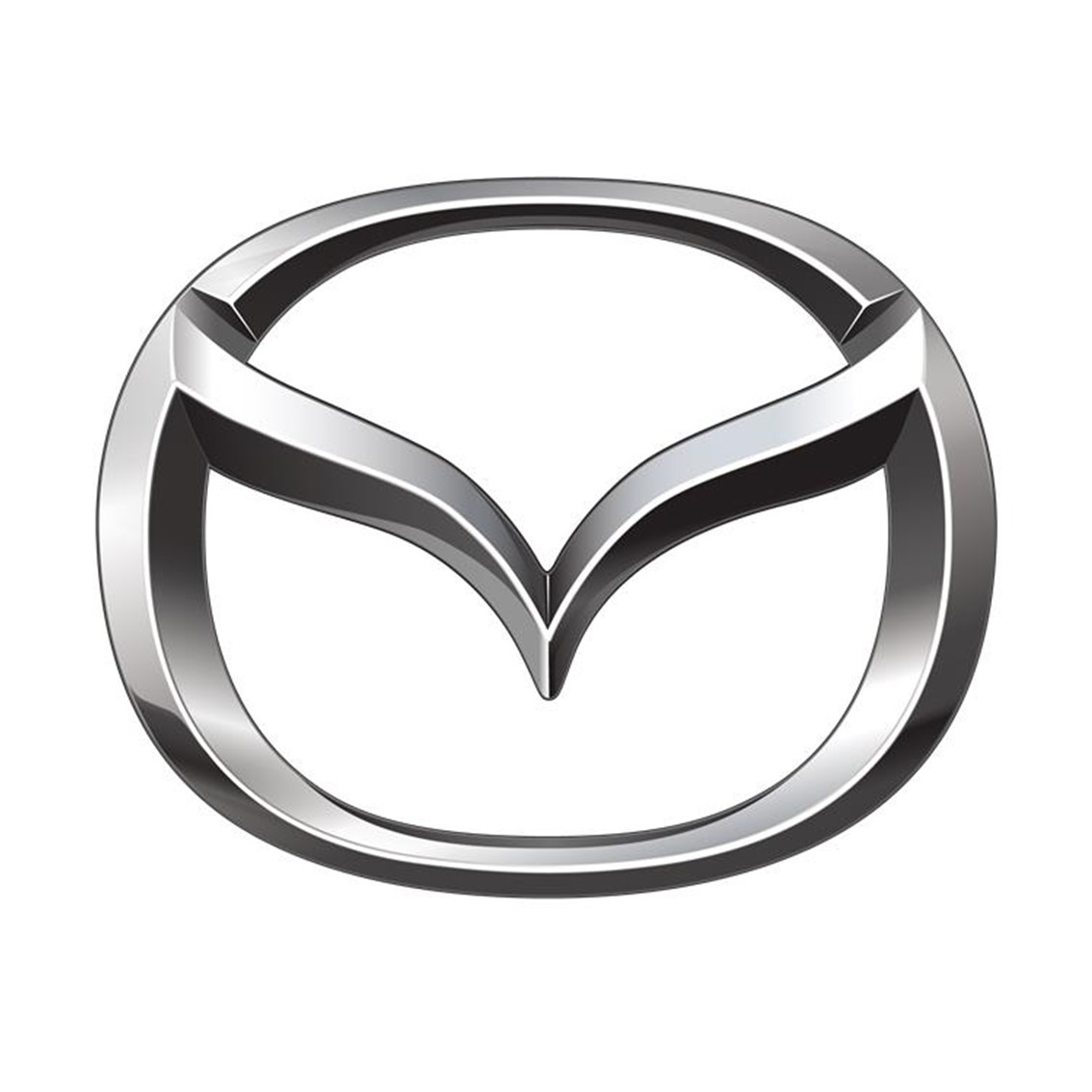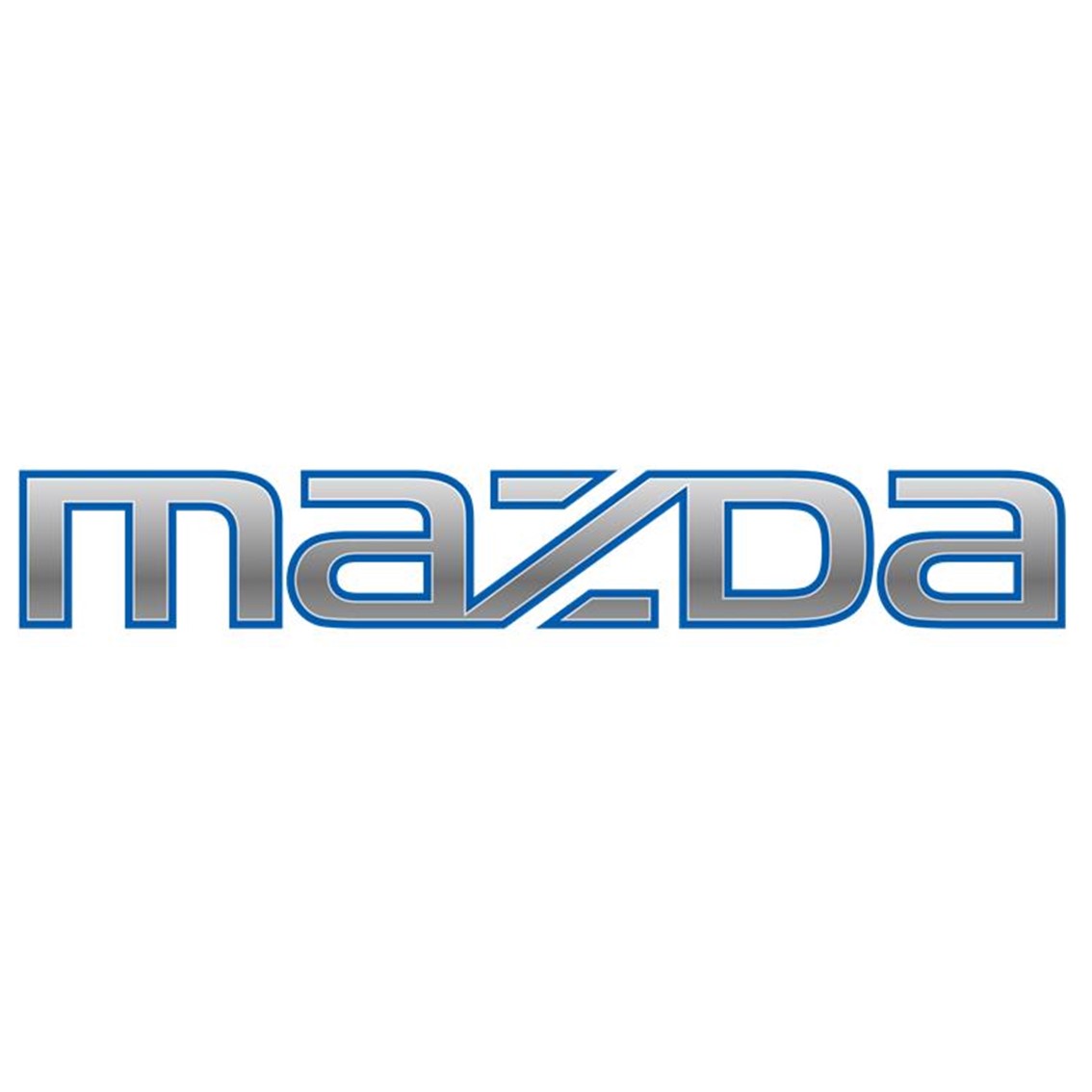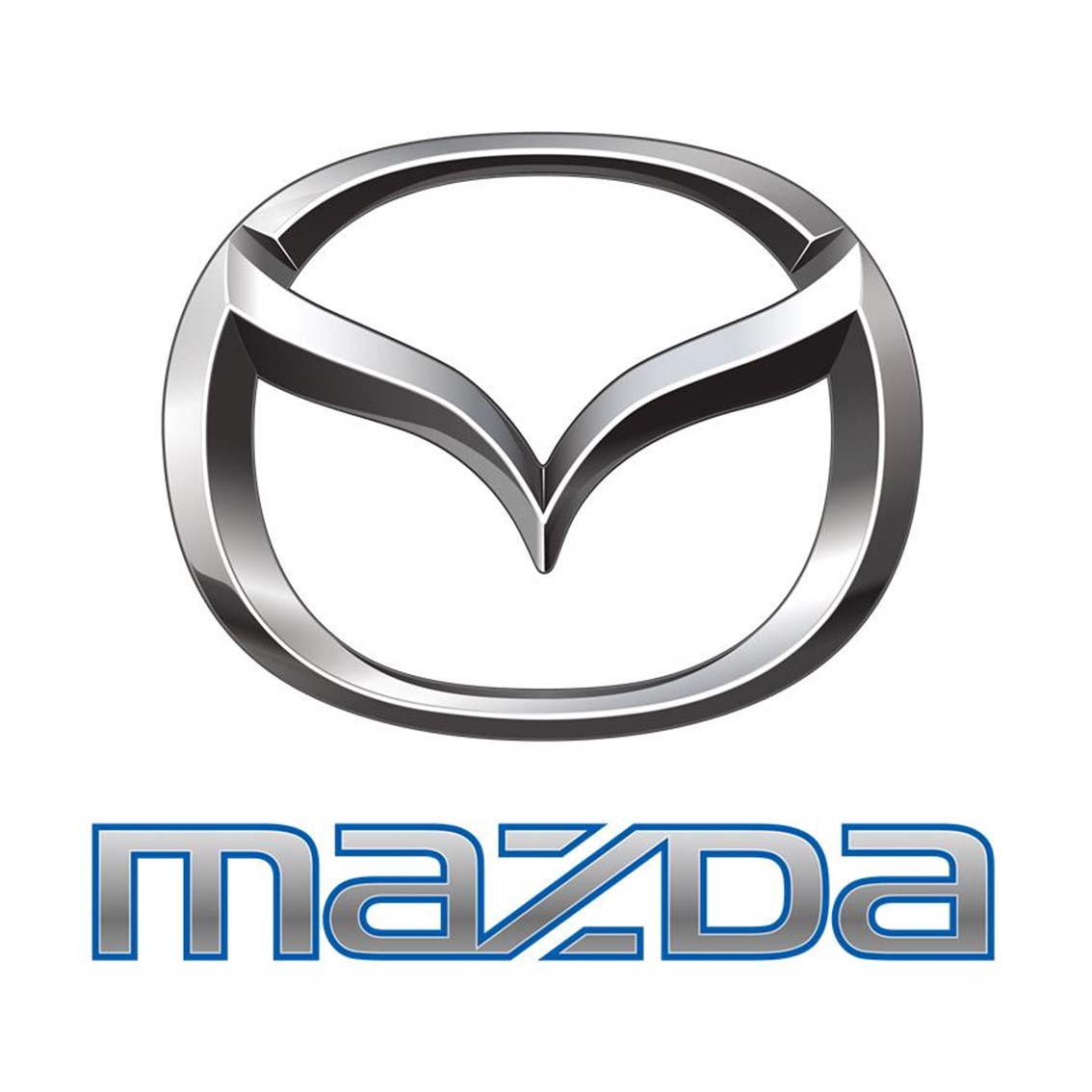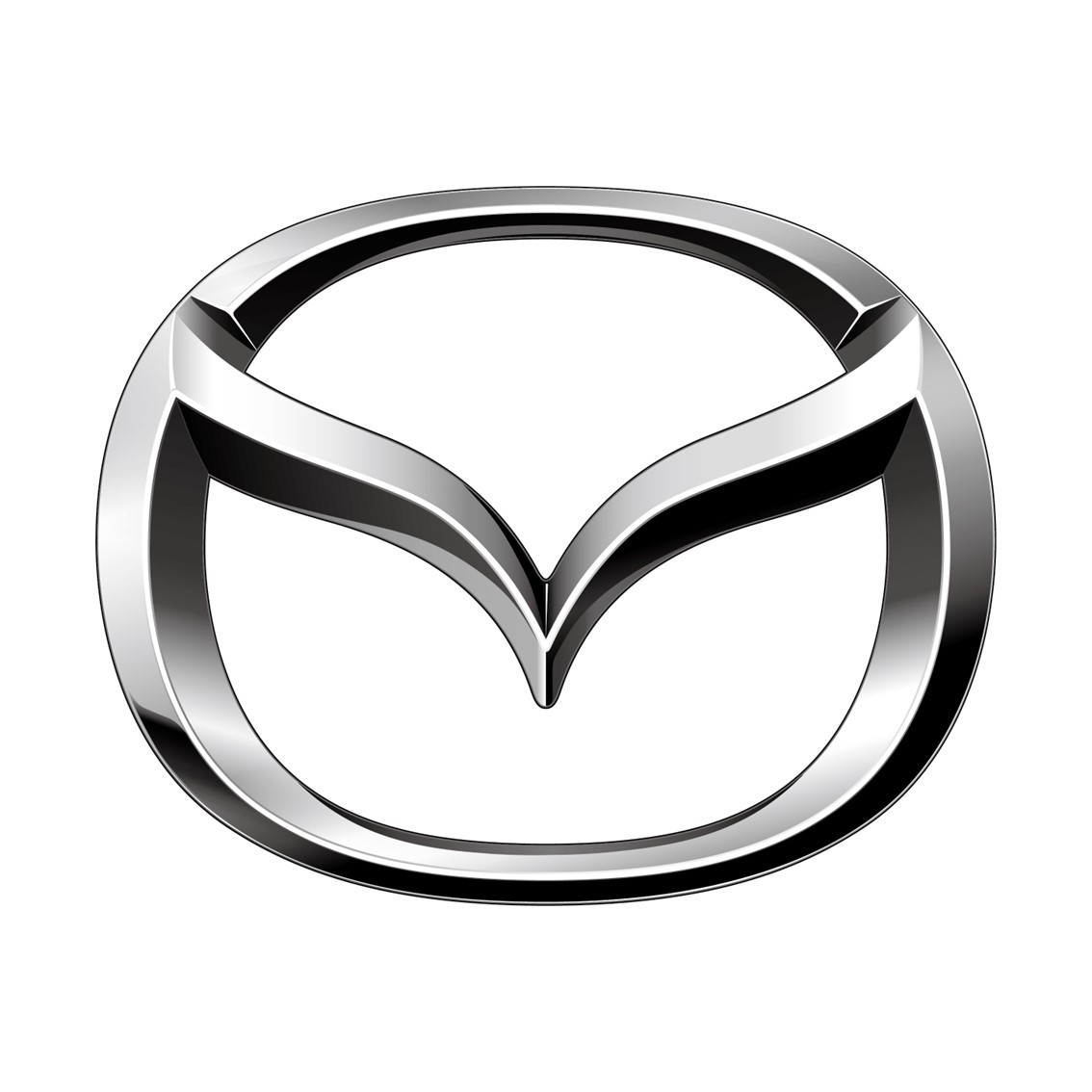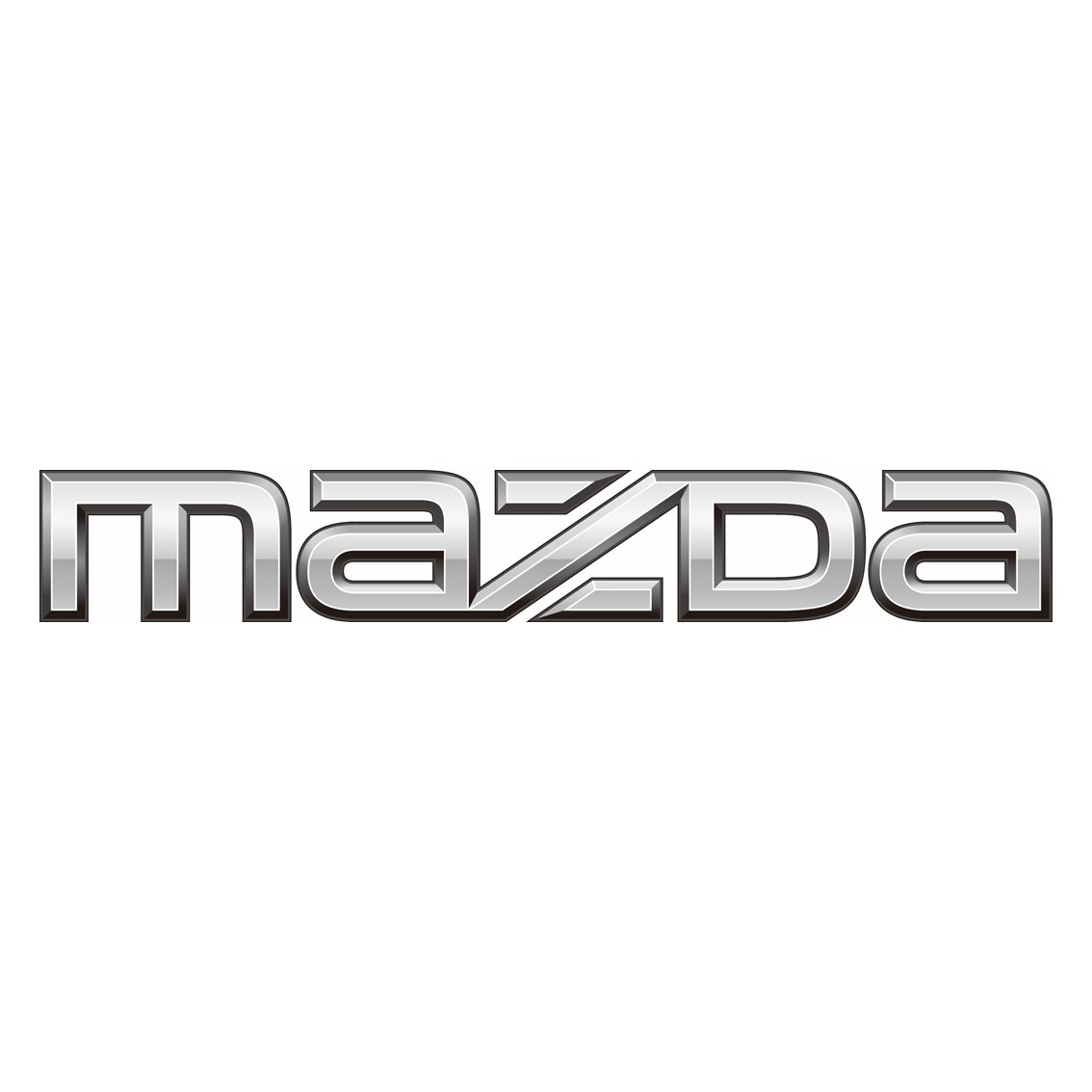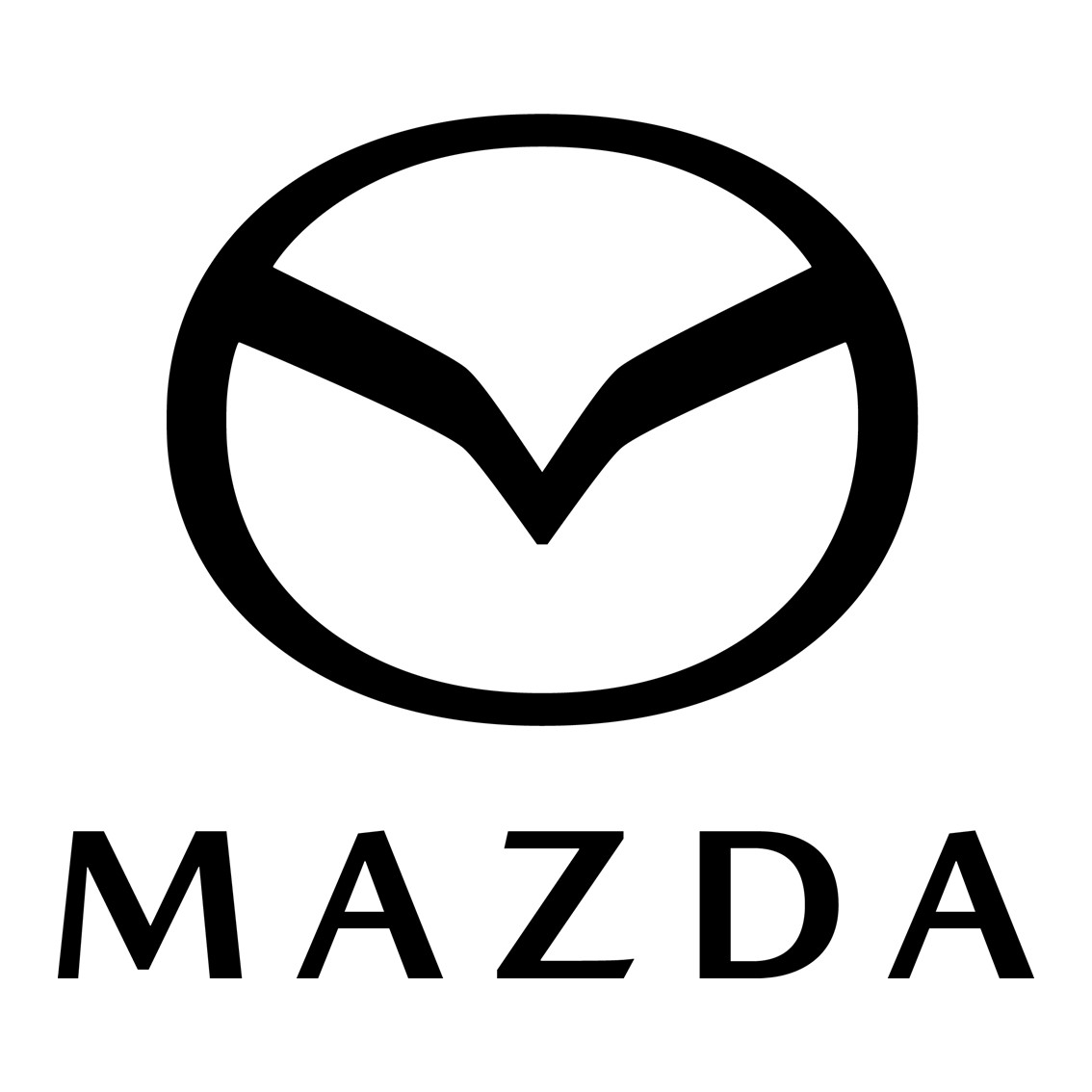Mazda was founded in 1920 as Toyo Cork Kogyo.
Here is an introduction of the marks and symbols that have represented Mazda over the years, beginning with the mark applied to the Company's cork products at the time.
HISTORY OF MAZDA MARKS AND SYMBOLS
1920-
| Corporate Mark | Product Mark |
|---|---|
(About 1920-) |
|
(1928-) |
|
(1931-) |
|
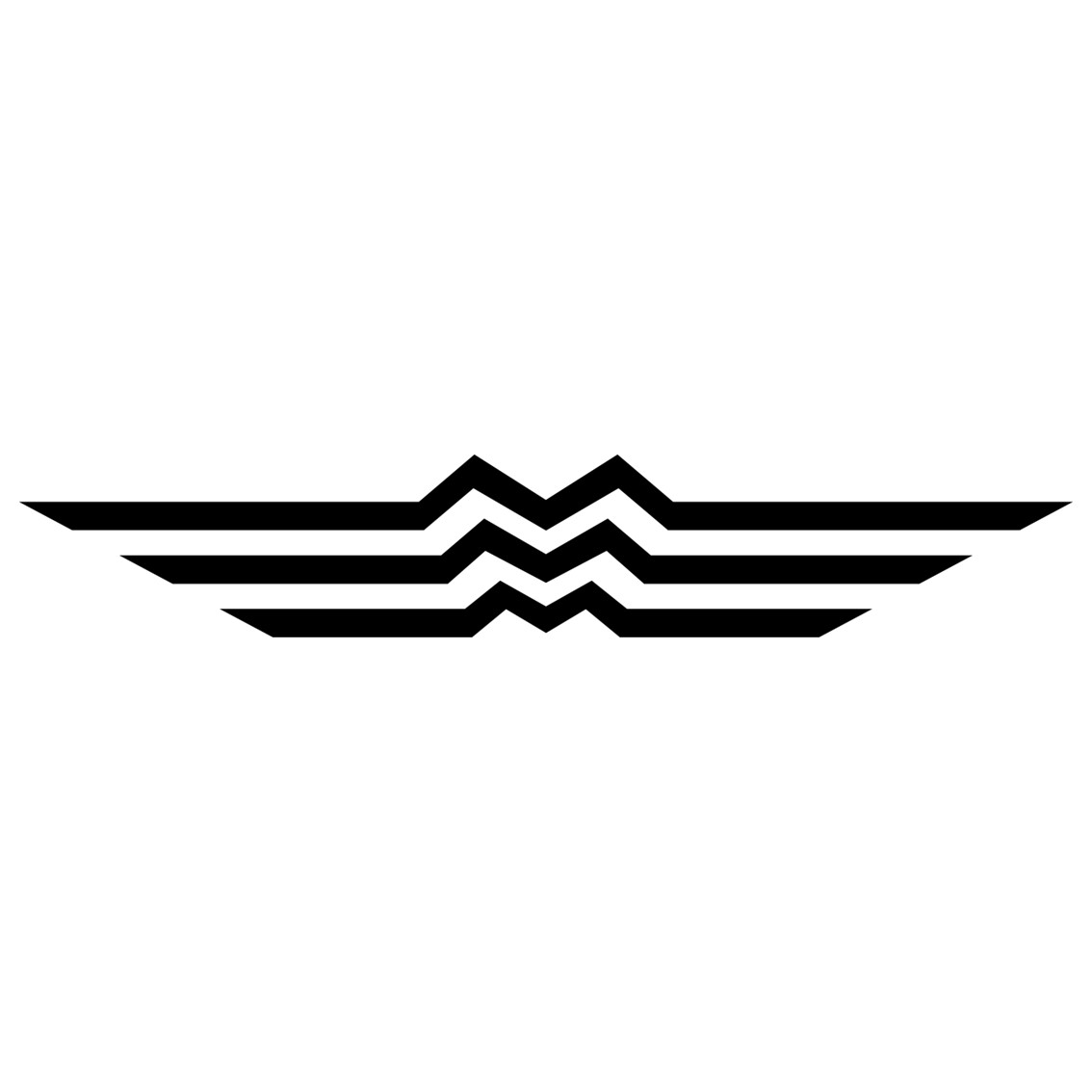 (1936-) |
|
 (1959-) |
1975-
| Corporate Symbol |
|---|
In 1974, Mazda established a corporate identity (CI) system built upon three key elements: the corporate symbol, the Mazda typeface and Mazda Blue. This initiative was a pioneering step in Japan, representing a deeper commitment to corporate identity beyond visual branding. The CI system was designed to unify and reflect Mazda’s values in all areas of its business. Mazda’s CI approach received widespread acclaim for its holistic and forward-thinking execution. The corporate symbol, adopted in 1975, was the centerpiece of this system and represented the highest expression of Mazda’s identity.


1991-
1997-
Mazda revised its sales strategy of operating multiple brands domestically and internationally. To reunify the brands once again under the “Mazda”, a “brand symbol” was established in 1997. At that time, the previous corporate symbol was repositioned as the corporate mark.
2015-
The mark has been redesigned with a metallic aesthetic, capturing the three-dimensional depth and texture reminiscent of a 3D symbol. The corporate mark features a grey gradient to create the appearance of polished metal, and the corporate blue has been refined to appear more sophisticated.
Current Mark
2018- current
These are the marks used today. The corporate mark has been redefined as a wordmark. To enhance visual harmony, the metallic texture used in the wordmark has been aligned with that of the brand symbol, resulting in a more consistent brand expression.
2025- current
Current mark. The brand symbol's sleek and bold form enhances visibility, especially in digital environments, creating a more refined design. The wordmark features a modern style.
Introduction of the origin and meaning of marks
Around 1920
The letters “T” for Toyo and “C” for Cork are featured and arranged within the outer edge which is shaped to resemble the blade of a cork crusher.
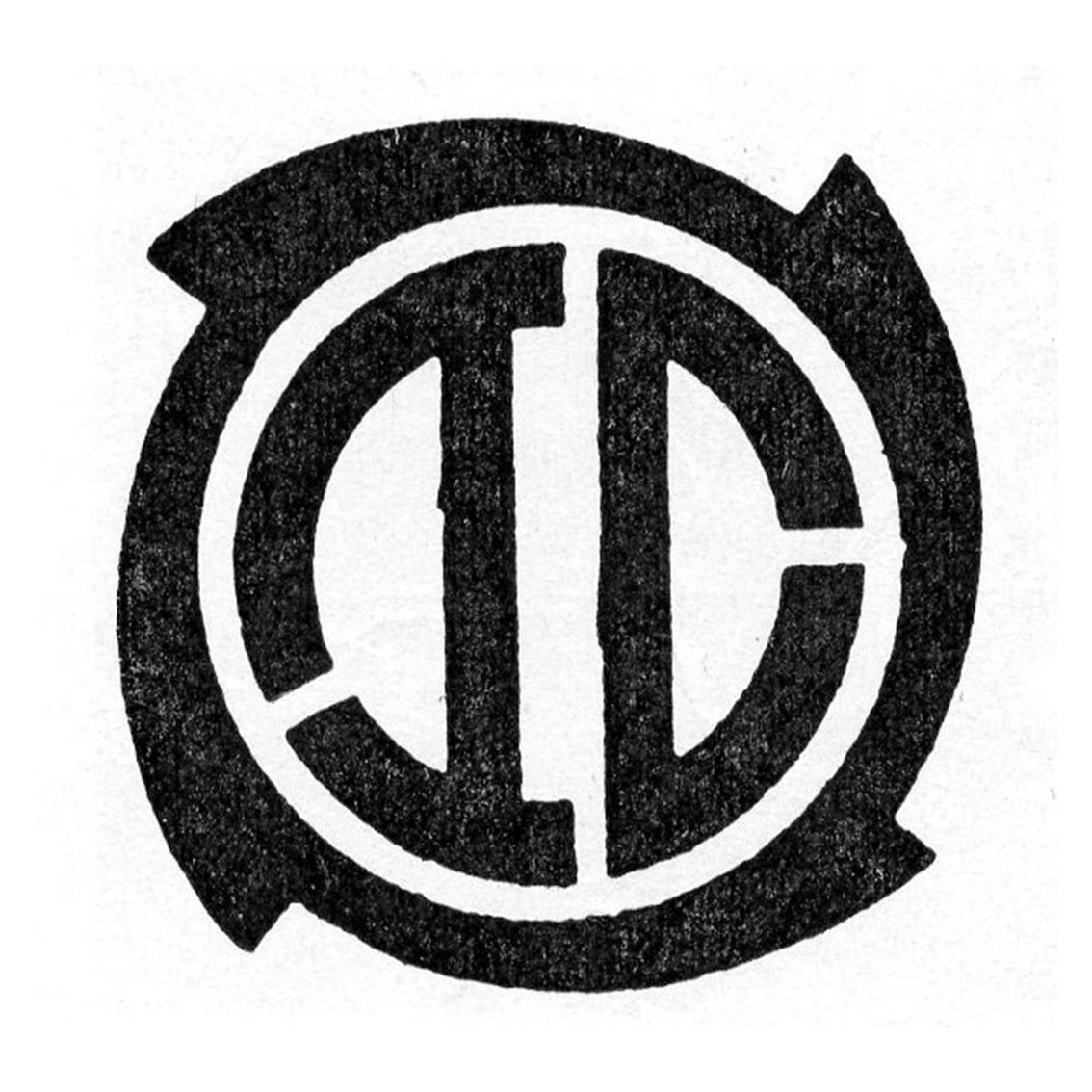

1928
A new mark was introduced following the company’s name change from Toyo Cork Kogyo to Toyo Kogyo to reflect the transition. The design features the Japanese character “工” (Kō, meaning “manufacturing”) enclosed within a circle, stylized into a graphic symbol. Employees affectionately called it “Maru-Kō mark.


1931
Mazda began using the mark with its first automobile, the Mazda-GO Type-DA, the three-wheeled truck. It combines the letters of the product name “Mazda” with the three diamonds of Mitsubishi Corporation which served as Mazda's sales distributor at the time.
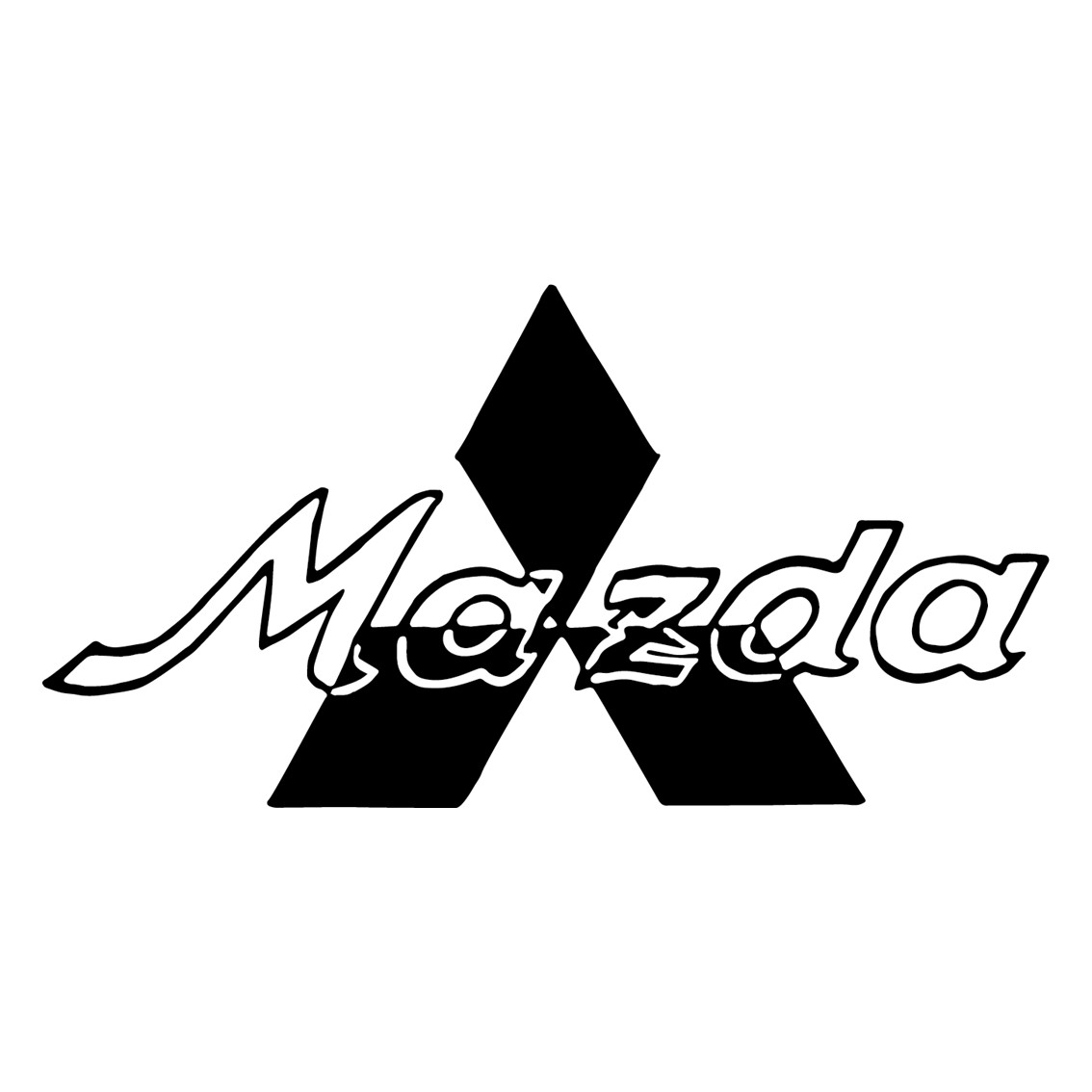

1936
Adopted in 1936 when the company switched to direct sales through its own sales network for its three-wheeled trucks. The design combines the three "M"s representing “Mazda Motor Manufacture” with Hiroshima City's emblem, which depicts a flowing river. It is shaped like wings to symbolize agility, high speed, and rapid development. Commonly known as the "emblem of wings.”
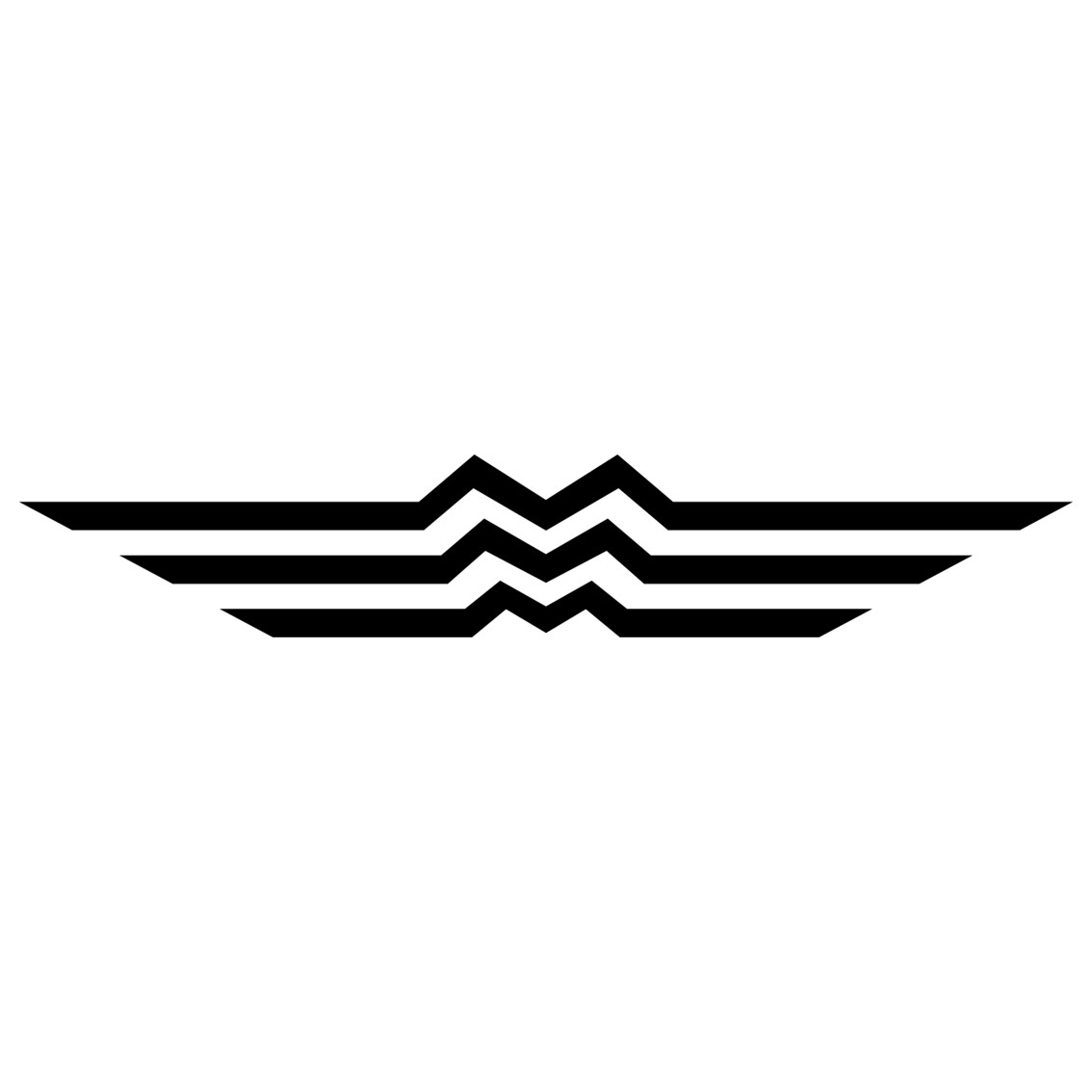

1959
Adopted in 1959, one year before Mazda launched its passenger cars. It stylized the letter “m” of Mazda, replacing the previous “the emblem of wings” and was used across all products.


1975
Established in 1975 as the corporate symbol at the core of communications. The design embodies the meanings of enterprising spirit, high quality, and humanity.
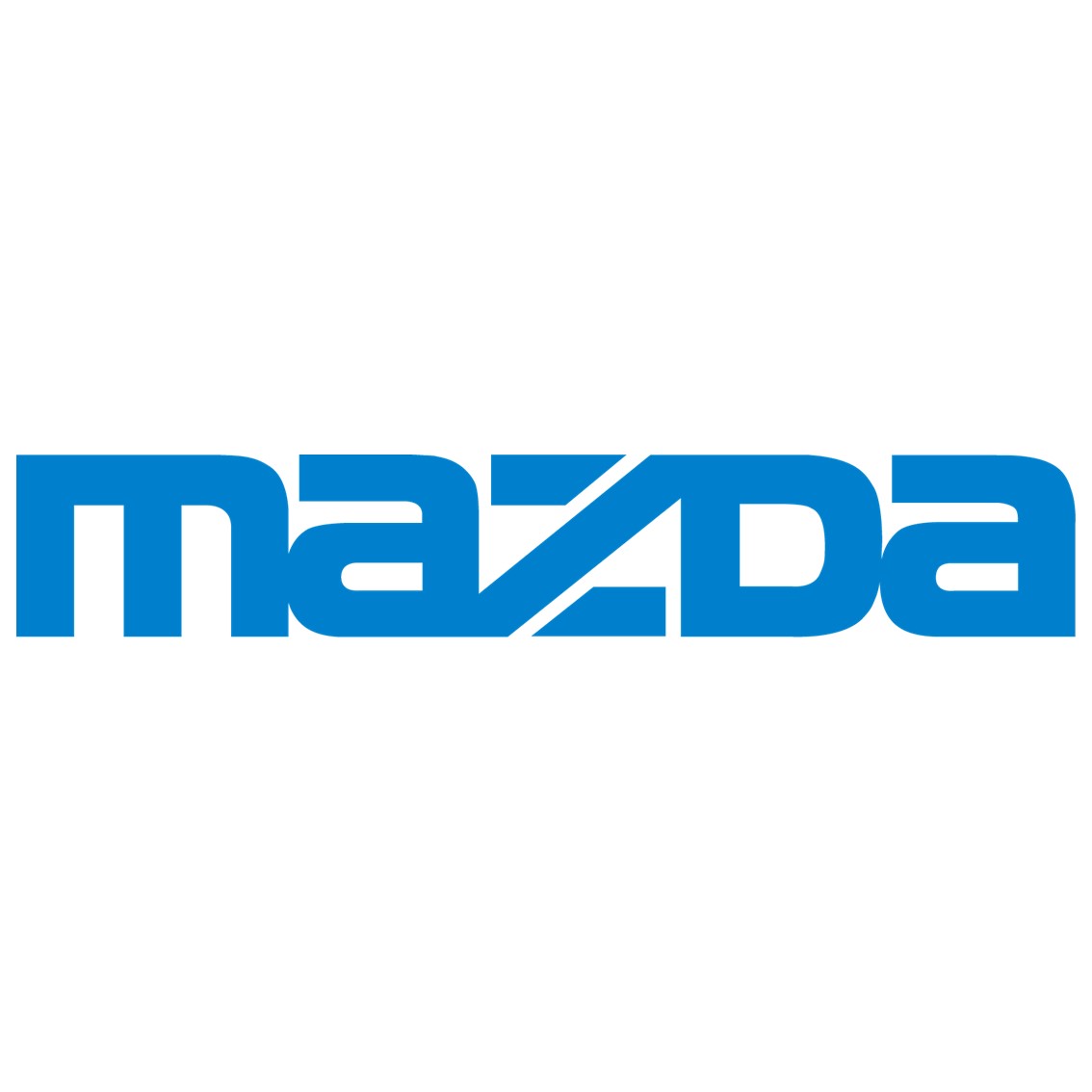

1991
Introduced as the product emblem. It evokes the symbol of Ahura Mazda, the origin of Mazda's name: “wings,” “sun,” and “halo.” It expresses Mazda's aspiration to create vehicles that are human-friendly and enriching.


1997
Established as the brand symbol in 1997. This represents the letter 'M' with the evocation of soaring wings. This embodies our commitment to continuous self-reform and dynamic, unceasing growth.
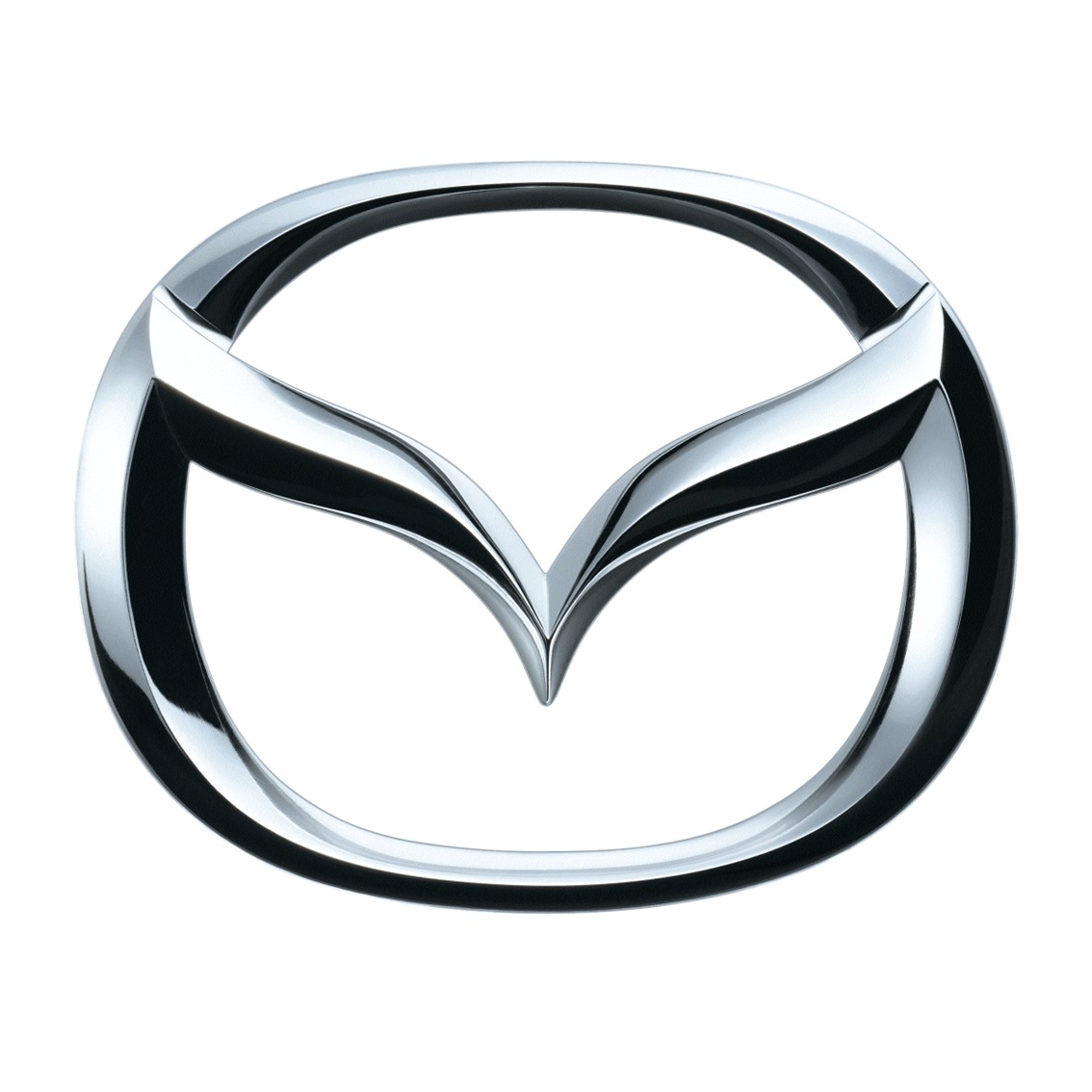

Introduction to the Current Marks (As of October, 2025)
2018
This mark enhanced the consistency of the brand expression by aligning the metallic texture of the wordmark with that of the brand symbol. To ensure clear recognition as Mazda's brand symbol, the basic rule is to use the “wordmark” and “brandmark” in combination.
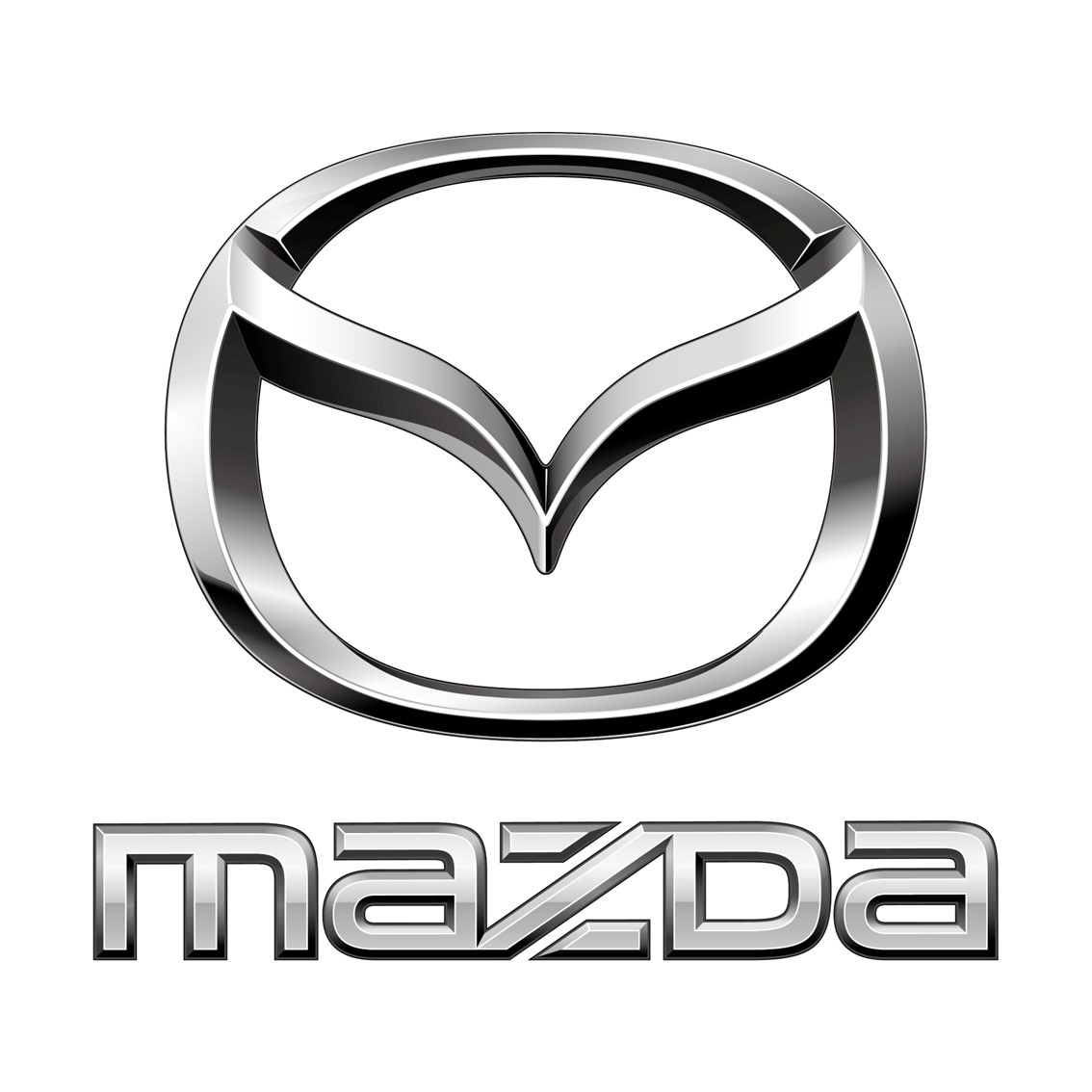

2025
The brand symbol's sleek and bold form enhances visibility, especially in digital environments, creating a more refined design. Used alongside the current brand mark, it will be optimally selected according to location and media characteristics to enhance global brand recognition.


2025
The wordmark features a modern style. Used alongside the current brand mark, it will be optimally selected according to location and media characteristics to enhance global brand recognition.
